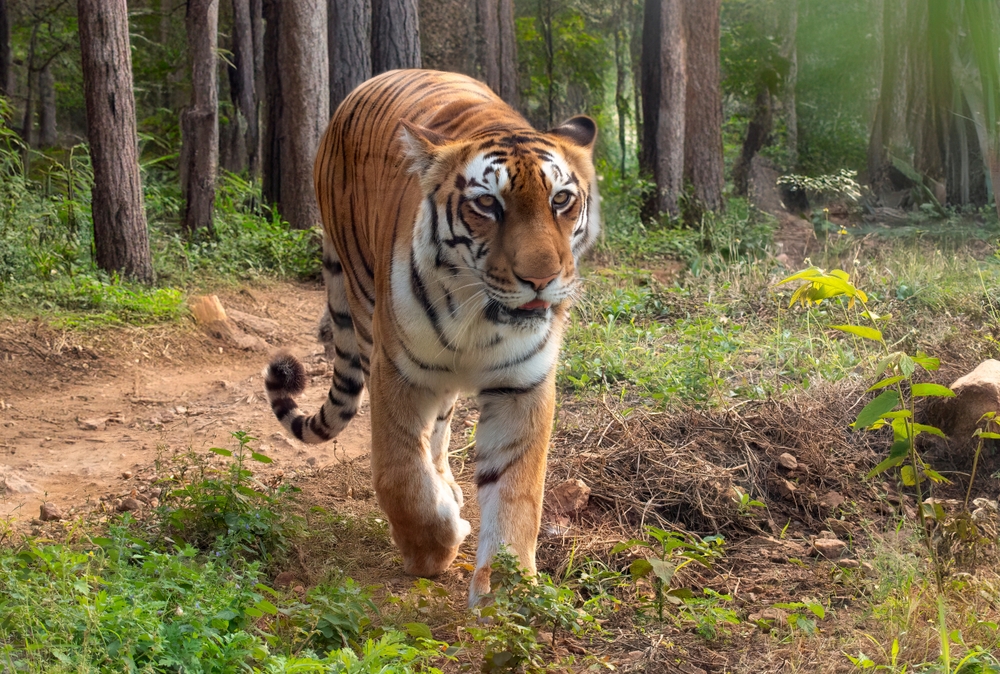Bannerghatta Overview
Bannerghatta National Park, also known locally as Bannerughatta National Park, is a captivating sanctuary located in the southern Indian state of Karnataka, approximately 22 kilometers (14 miles) from the bustling city of Bengaluru. Established in 1971 and sprawling across 104.27 square kilometers (40.25 square miles), this remarkable park offers a verdant haven for wildlife enthusiasts and nature lovers alike. Set amidst the undulating terrain of the Deccan Plateau, the park showcases a harmonious blend of rugged hills, sprawling grasslands, dense scrub, and deciduous forests, providing a rich diversity of ecosystems.
The park’s landscape is characterized by its rocky outcrops, small streams, and picturesque valleys, creating an environment teeming with biodiversity. Prominent geographical features include the Suvarnamukhi Hill and the eponymous Suvarnamukhi stream, which flow through the park, enhancing its natural allure. The vegetation ranges from thorny shrubs to lush tropical forest species, interspersed with groves of bamboo, sandalwood, and eucalyptus, providing shelter and sustenance for the park’s inhabitants.
Bannerghatta National Park is a haven for wildlife, hosting a remarkable variety of species. Visitors often encounter majestic mammals like Bengal tigers, Indian leopards, elephants, and sloth bears in their natural habitats. The park is also home to herbivores such as spotted deer, sambar, and gaur (Indian bison). Bird enthusiasts can delight in observing a plethora of avian species, including parakeets, hornbills, kingfishers, and eagles, making the park a popular spot for birdwatching. Reptiles, including crocodiles and various species of snakes, further enrich the park’s fauna.
A major attraction within the park is the Bannerghatta Biological Park, which encompasses a zoo, safari rides, and a butterfly park. The safari experience allows visitors to observe tigers, lions, and bears in semi-wild enclosures, providing an up-close glimpse into the lives of these majestic creatures. The butterfly park, the first of its kind in India, houses an impressive variety of butterfly species in a controlled environment, showcasing their vibrant colors and fascinating life cycles.
Visitors can engage with the park through activities like trekking along the Suvarnamukhi Hill trails, exploring the zoo’s diverse fauna, or taking guided safaris to immerse themselves in the wild. For those seeking spiritual and cultural experiences, the park also houses ancient temples, such as the Champakadhama Swamy Temple, nestled amidst its tranquil surroundings.
Conservation efforts at Bannerghatta National Park have been both challenging and rewarding. Urbanization and human-wildlife conflicts pose significant threats, but the park’s management has undertaken extensive measures to mitigate these issues. The establishment of rescue centers and initiatives to protect vulnerable species have been particularly successful. Collaborative efforts between local communities, wildlife organizations, and the government have further bolstered conservation programs, ensuring the preservation of this ecological treasure.










































































